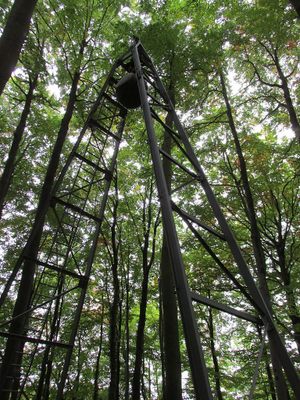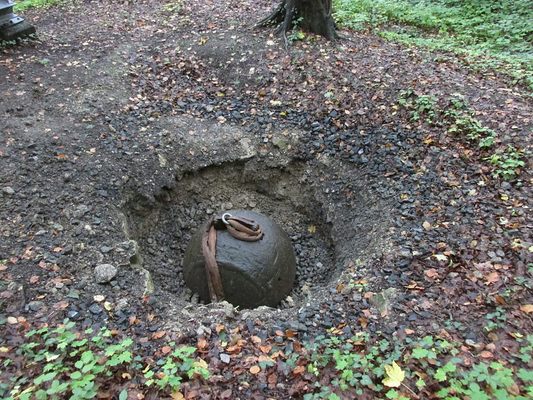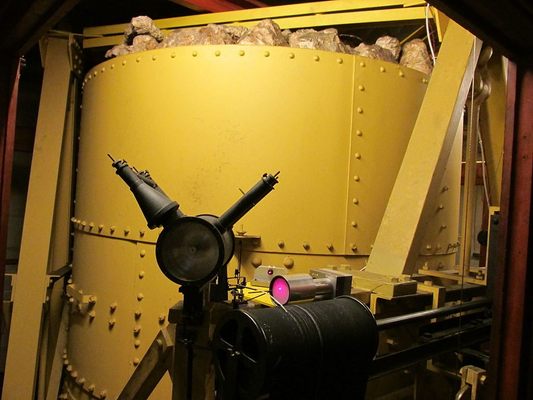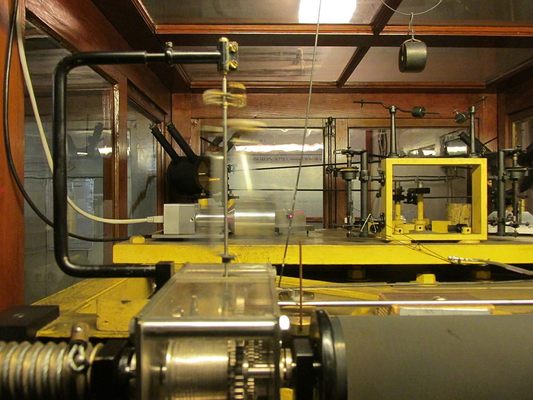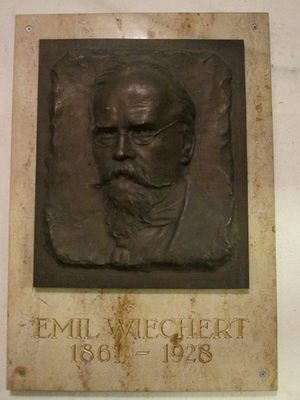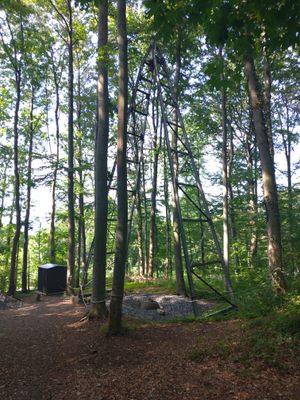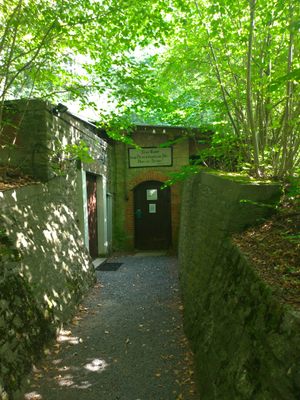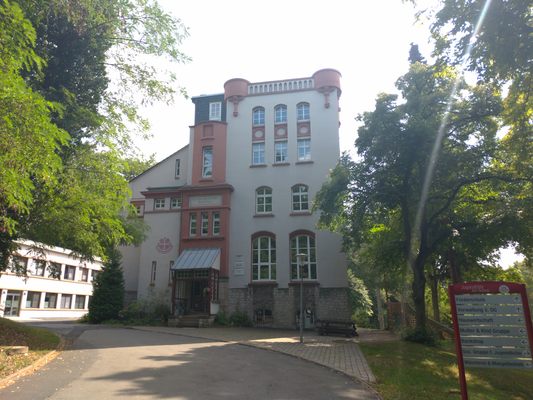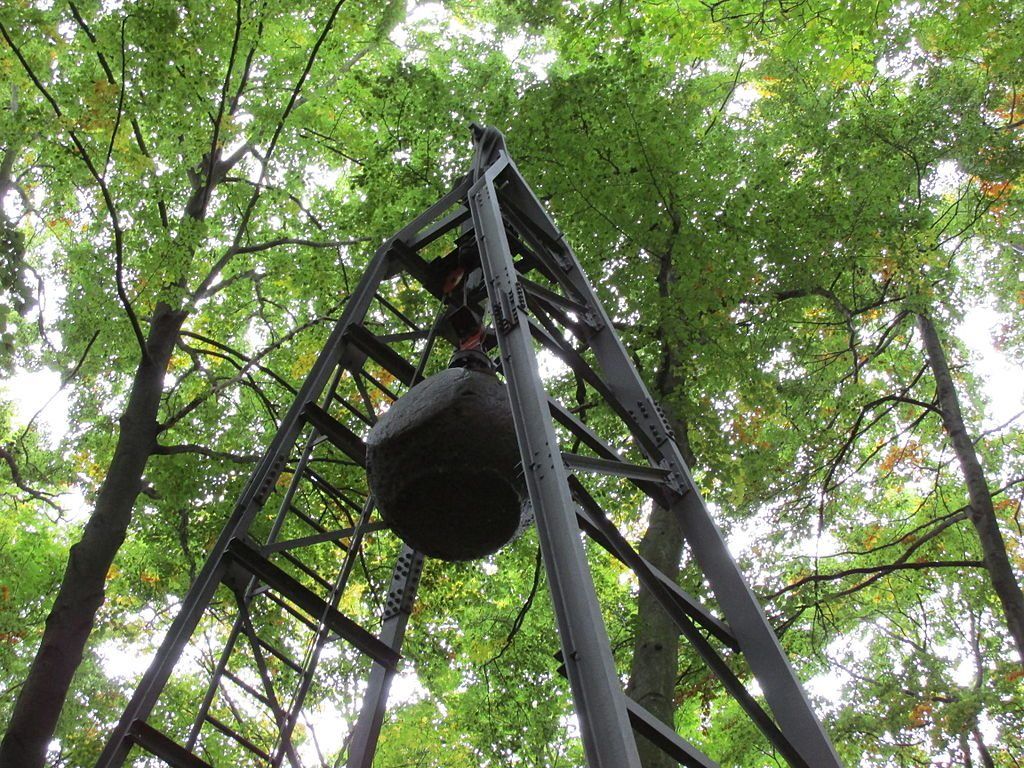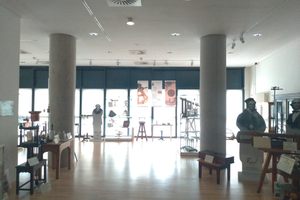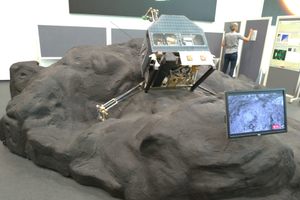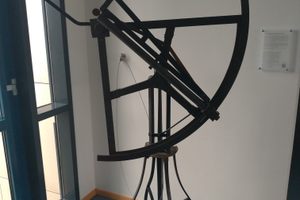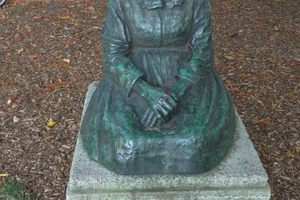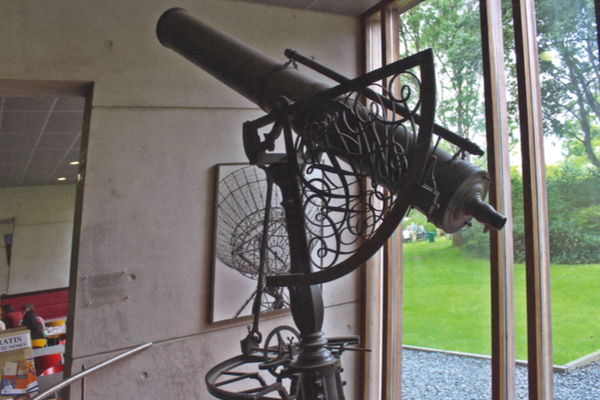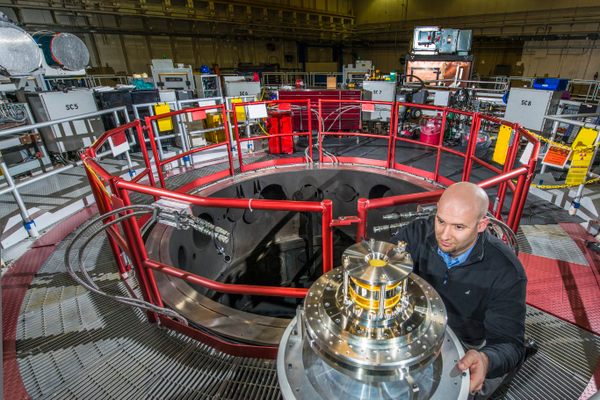About
Not only is the Wiechert Earthquake Station home to the world’s oldest fully functional seismograph, it also has its own earthquake-making machine: the Mintrop Ball, a four-ton steel ball that creates its own seismic activity when dropped.
In 1898, Emil Johann Wiechert became the world’s first professor of geophysics when he was appointed to the newly created position at the University of Göttingen. Wiechert was an incredible man: a physicist and geophysicist who contributed greatly to both fields, he was among the first physicists to discover the electron and also presented the first verifiable model of the Earth’s layered structure.
In 1901, Wiechert began to carry out research into the new field of geophysics on a hillside just outside of Göttingen. Here he began to build new instruments, called seismographs, for measuring earth tremors. Ever since then, Wiechert’s earthquake station has been measuring even the tiniest of tremors using instruments housed in the Old Earthquake Vault, built in 1902. (A second building, the New Seismograph Vault, was built in 1925, but no longer houses functional instruments.)
Today, the still-functional Old Earthquake Vault houses some impressive equipment developed by Wiechert, including seismographs from the early 1900s that set the standard for similar instruments for decades to come.
Arguably the most popular of all the instruments on show is a far less delicate piece of equipment called the Mintrop Ball. Ludger Mintrop was one of Wiechert’s students and one of the founders of modern geophysics. Not content with measuring the planet's naturally occurring seismic activity, Mintrop wanted to make the earth move for himself. So in 1908, he had a steel scaffolding constructed at the earthquake station, from which he could drop a four-ton steel ball onto the ground 46 feet below. In doing so, he became the first man to artificially (and deliberately) produce sizable earthquakes.
By creating his own earthquakes, it was far easier for Mintrop to set up and calibrate instruments for detecting and measuring the activity, making his instruments more efficient and precise.
Mintrop’s experiments also paved the way for methods of seismic exploration. This made him a wealthy man when prospecting companies came calling. His seismic exploration techniques allowed him to localize specific layers of solid or liquid matter, such as crude oil and other mineral resources. In other words: ka-ching!
Related Tags
Know Before You Go
Visitors to the Earthquake Station can witness the release of the Mintrop ball on the first Sunday of every month, between 2 p.m. and 5 p.m., weather permitting. Public tours of the seismological station are also available.
Published
April 13, 2018

